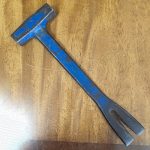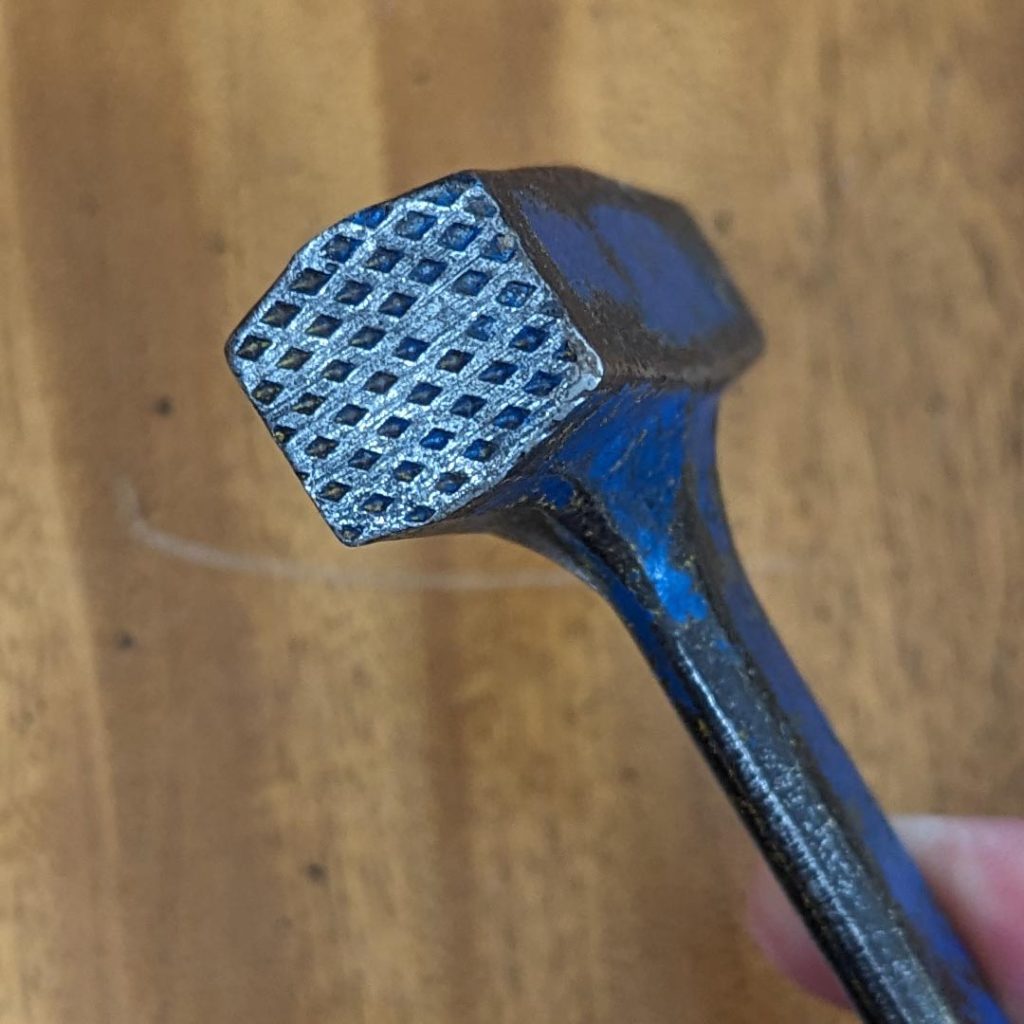Fife History Museum Demonstrates Antique Nail Sorter
We demo an antique nail sorter! There are no instructions or information on the nail sorter online, so we decided to pull one out of storage, set it up, and see what we can make happen. We set the nail sorter up according to photos we found on auction sites and then played around with different sized nails and different settings.
This video is a product of what we discovered, but is by no means a representation of how these were used in actuality. If YOU or someone you know has more information on antique nail sorters and how they were used, please let us know. We would be happy to update our information and create a new video.
Update!
Greg Mizukami saw our video and commented that he used to use one on his family farm in the 1950s. We asked him to visit us at the museum to give us a first-hand account on how these were used, and he graciously accepted!
Greg used the nail sorter to make cabbage and other vegetable crates for his family’s farm. He was able to make up to 50 crates per day – after school! The nails were purchased in big heavy boxes that were difficult to sift through. The nails were dumped into the sorter to make it easier to grab a line of nails to quickly hammer into place – similar to how a nail gun keeps nails in line today.
Greg used a tool similar to the one pictured to drive the nails in. The pattern in the head would grab the edge of the nail head and help set the nail, and then one good swing would drive the nail in.


The crates were made on work tables – or jigs – that kept the various parts of the crates or flats aligned properly while being nailed together. Greg’s job was to nail the slats in place for the sides and the bottom. There was a different jig for each size of crate. Different sized crates were used for different types of produce.
In Greg’s words:
“Crates were frequently not exchanged at the wholesale houses. It largely depended upon how much, and to whom a lot of product was being sold to. Policies varied from company to company. The large volume buyers would often take an entire load or loads of produce and reship to another customer so there would be no exchange crates to be had. The buying of used crates became increasingly cumbersome and soon gave way to farmers buying corrugated boxes which could be assembled as needed at the farm, thus saving time and handling. It also spelled the end of nailing crates. Real wood also became a premium and cost prohibitive.
(The Mizukami) nursery/farm soldiered on for a time with wooden “flats” but the cost was prohibitive so eventually switched to plastic trays.”
The Fife History Museum would like to thank Greg for taking the time out of his day to give us a tutorial on this item and shed some light on how life was on a Fife farm.
